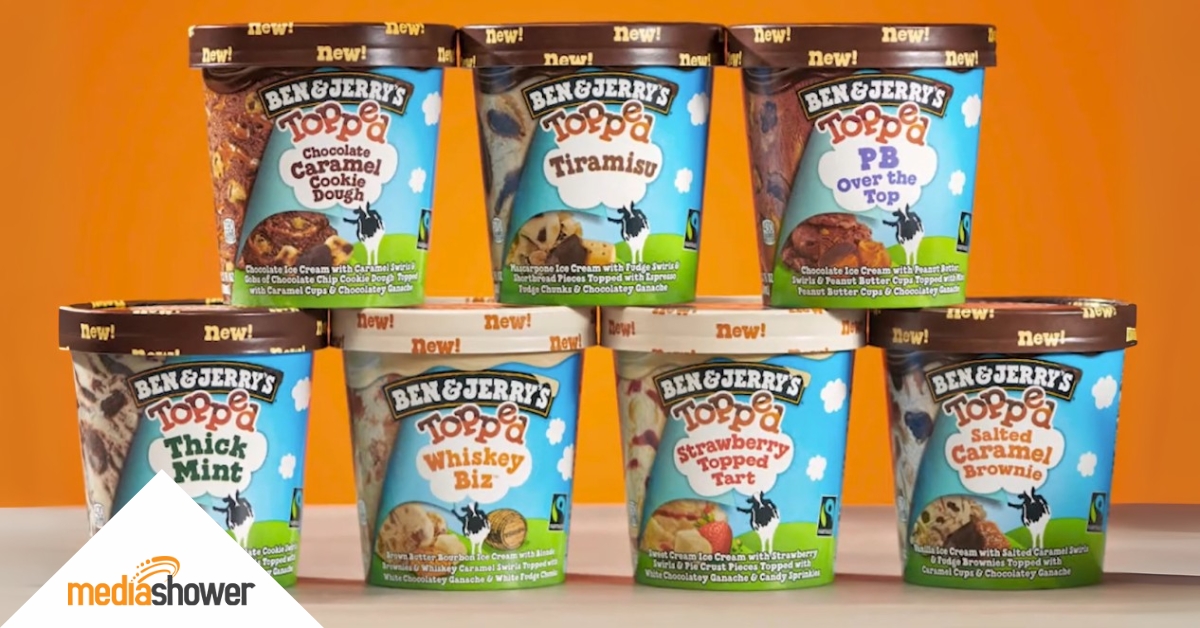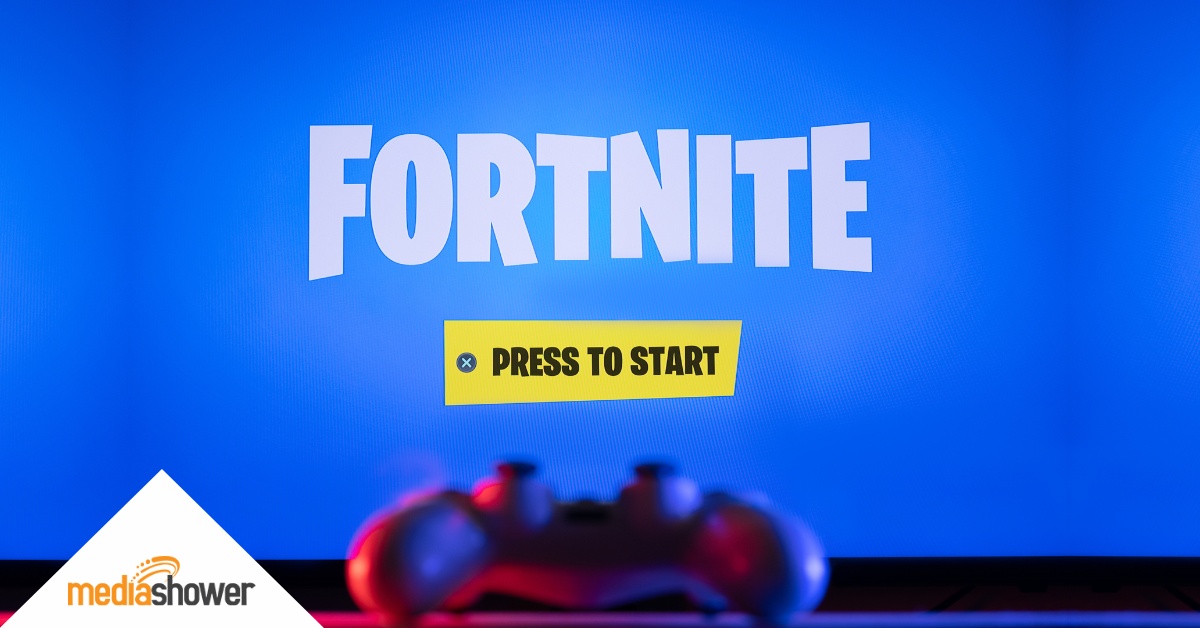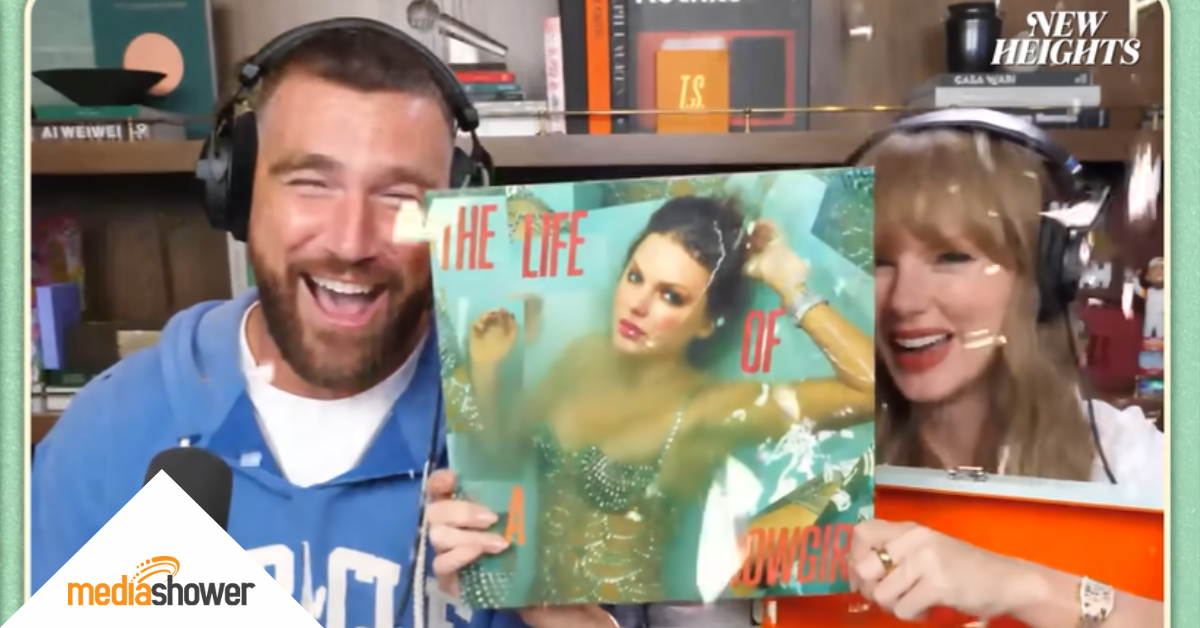
For affluent millennials and Gen Z consumers, a credit card doesn’t just pay for the lifestyle. It is the lifestyle.
With the new $895 Amex Platinum, credit card brands are becoming cultural artifacts: sleek, swipe‑worthy, and camera‑ready. These top-tier cards have the aesthetic of fashion labels, the emotion of travel documentaries, and the influence of social‑media royalty.
Credit‑card marketing has officially entered its luxury era, where prestige is less about purchase limits and more about personal image.
Here’s how the smartest brands are turning everyday plastic into the most covetable accessory in your wallet … and your feed.
What Is a Luxury Credit Card?
A luxury credit card is a premium financial product designed for high-income individuals, offering elevated benefits, exclusive experiences, and elite status appeal, often in exchange for a high annual fee and strong credit requirements.
Key Features of a Luxury Credit Card
- Exclusive perks: Privileges like airport lounge access, personal concierges, luxury hotel upgrades, and private event invitations.
- Premium rewards: Higher point multipliers on travel, dining, and shopping—often with transfer partners or statement credits.
- Aesthetic appeal: Typically metal, minimalist, and prestige-forward—designed to be seen as much as used.
- High annual fees: Often $400–$900+, with value-packed benefits meant to outweigh the cost (if used strategically).
- Status symbol appeal: Success, sophistication, and insider access, especially among affluent millennials and Gen Z.
Amex Platinum: Experience‑Driven Exclusivity
The American Express Platinum Card has consistently positioned itself as the ultimate gateway to elite experiences for high‑net‑worth individuals. Their marketing emphasizes a high annual fee justified by premium benefits like airport lounge access, hotel upgrades, concierge services, and statement credits.
For example, in 2025 Amex unveiled a limited‑edition mirror‑finish card design along with major benefit enhancements: up to $400 dining credit, $600 hotel credit, and a launch push that emphasized “bringing your card is part of the look.”
Influencer content (airport lounge selfies, flat‑lays with the card prominently featured) not-so-subtly hinted that the card is not just functional but visible. Amex let the design do the talking and gave its audience something worth showing off.
By reframing the value proposition from “what you get” to “how you look using it,” Amex builds loyalty through travel and lifestyle partnerships, and uses product design as storytelling.
Their tiered pricing approach (Gold → Platinum → Centurion) allows broader appeal without diluting brand prestige.
Chase Sapphire Reserve: Building a Lifestyle Brand
The Chase Sapphire Reserve repositioned itself from a high‑end travel rewards card into a full lifestyle brand, focusing on exclusive experiences and not just points.
A standout tactic: its 2025 campaign starring Hailey Bieber, targeting younger earners and leaning heavily into fashion and celebrity culture.
The campaign was shot at the Hotel Bel‑Air in Los Angeles and photographed by David Sims. The messaging was clear: This card is a fashion accessory and status pass.
Social content and influencer collaborations featured cardholders accessing private dinners, curated events, and upgrade experiences, reinforcing that Sapphire Reserve equals elevated presence. The plastic (or metal) card becomes a visible symbol of access.
Structurally, Chase created tiering (Sapphire Preferred → Sapphire Reserve) to allow aspirational upgrades without losing brand continuity.
The campaign drove buzz, elevated the card’s cultural status among affluent millennials, and positioned it firmly within lifestyle marketing rather than strictly travel‑finance messaging.
Visa Infinite: Emotional Storytelling and Content Marketing
Visa’s Infinite card exemplifies luxury card marketing by leveraging emotional storytelling, global aspiration, and high‑art aesthetic. In India, a 2025 campaign featuring Bollywood star Vicky Kaushal portrayed the card as a “gateway to premium experiences … transforming each transaction into a joyous, everlasting memory.”
Earlier work included short‑form videos narrated by Morgan Freeman delivering luxury vignettes in haiku form: fully cinematic, high production value and emotionally resonant.
The Visa Infinite benefit stack backs the appeal. Cardholders unlock access to the Visa Luxury Hotel Collection, featuring automatic room upgrades, late checkout, significant food‑and‑beverage credits, and more.
The message is clear: This card unlocks experience, memory, and belonging. The brand uses visual storytelling to elevate the product.
Capital One Venture X: Curated Digital Engagement
Capital One’s Venture X card targets a younger, affluent audience chasing bucket‑list travel, visual social proof, and aspirational experiences. The marketing emphasizes stunning destinations, sunrises over Santorini, and travel‑diary style reels designed for Instagram and TikTok.
Instead of just listing travel perks (10× points on hotels, lounge access), the campaign shows you what you could do with them, and how good it would look on your feed. The growth strategy uses immersive digital ads, “day in the life” montages, and influencer travel diaries.
Here, benefits are framed visually. The plastic becomes a backstage pass; the cardholder becomes the star of the story. This branding approach drives distinct appeal among experience‑driven millennials and Gen Z.
What These Campaigns Nail About Marketing
- They focus on elevating identity. Instead of “Earn 5× points on flights,” these campaigns cast the customer as the lead character in a curated, cinematic lifestyle.
- They sell a lifestyle worth aspiring to. Each card lives in a broader world of travel, fashion, or culinary adventure, designed to inspire, not just inform.
- They use product design as storytelling. A mirror finish, a sapphire draw, a brushed‑metal edge. The card becomes content.
- They create emotional connection. From poetic voiceovers to travel diary vlogs, the tone moves from “Wealth” to “Belonging.”
- They turn product tiers into stepping‑stones. Like climbing the ladder of success, each tier invites upgrade while reinforcing aspiration.
- They build feed‑friendly moments. Every visual choice—from typography to tone—is optimized for Instagram, TikTok, and visual storytelling.
Marketer Takeaways
- Let the design do the talking. If you design a product that looks good, it sells itself (and earns a place in your customers’ posts).
- Match tone to platform. Use visual storytelling and emotional pacing, especially for Instagram, YouTube Shorts, and TikTok.
- Make the audience the story. Highlight how they live with your product, not just what it does.
- Create lifestyle resonance. Think beyond benefits and design for identity.
- Sell experience over explanation. The best campaigns are the ones people want to live in.
Media Shower’s AI marketing platform helps brands turn features into flexes. Click here for a free trial.


